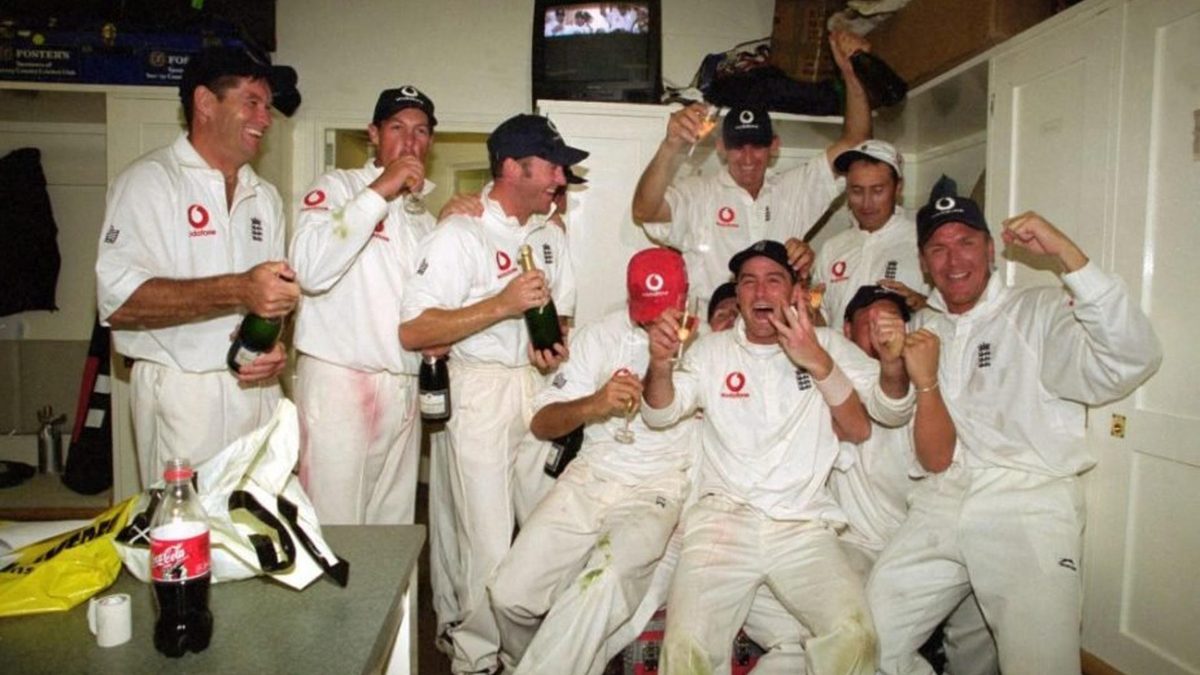
In the latest episode of the Wisden Cricket Weekly Podcast, host Yas Rana was joined by Wisden Cricket Monthly editor-in-chief Phil Walker and WCM magazine editor Jo Harman to take a look back at England’s 3-1 Test series win over West Indies in 2000.
""="">The series win was England’s first over West Indies in 31 years and marked a drastic turnaround from where they had been at the end the previous summer: at the bottom of the Test rankings after a series defeat to New Zealand.
Crucially for England, the new millennium marked the introduction of central contracts, bringing players under the direct control of the ECB for the first time and shifting the focus away from domestic cricket.
As part of his feature on the series in the latest issue of Wisden Cricket Monthly, Jo talked to players who were involved and early beneficiaries of central contracts. He explained the impact of its change on the podcast.
“2000 was the year central contracts first came in and [Craig] White, [Dominic] Cork and [Michael] Atherton all said [the introduction of] central contracts was the most crucial thing that happened during their time as England players,” said Jo.
“It suddenly stopped players fighting amongst themselves just to get [to play] the next Test match and thinking they might be dropped two Test matches after scoring a hundred, or just having constant threats over their place in the side. This suddenly felt like an England team rather than a set of individuals, for the first time Atherton could remember.
“Craig White pinpoints that as a big reason behind his success that summer, albeit it was short-lived because of injury problems. You really saw, under [captain Nasser] Hussain and [coach Duncan] Fletcher, this England team start to emerge, and you could follow that trail right through the next decade, into that [Michael] Vaughan team that won in 2005 and then that [Andrew] Strauss team. Suddenly the England team was being prioritised over county cricket in a way that was well overdue.
“When you pick central contract players, you obviously invest in them so there’s going to be that inclination to give them a slightly longer run in the side. There was also this idea that you could train as a group for the challenges ahead. Rather than just being, ‘Who scored a hundred the previous week in county cricket?’ there was a sense that – ‘We’ve got India touring this summer, how can we prepare our group of players to tackle them?’ It just became a more cohesive unit.
“The ECB has kind of been laughed at in recent years for having such a big team unit that it becomes farcical with so much backroom staff. But you’ve got to think of how huge a change that is from 2000 when you basically had a coach and not much else. This was the start of a cohesive unit which became so much more successful in the years that followed.”








